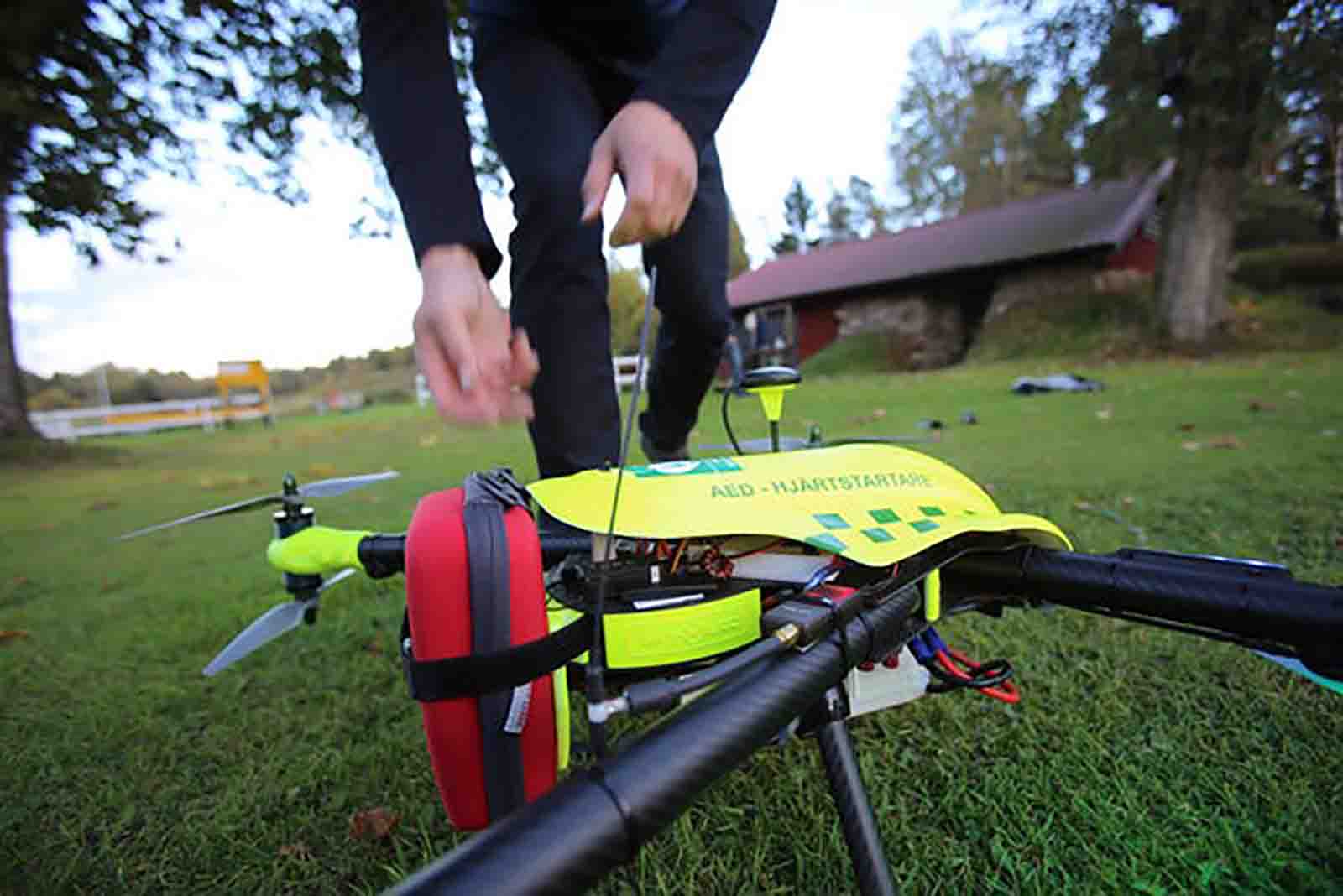General
R/C Emergency Drones are Even Faster Than The Ambulance Services


The utilization of drones to achieve patients could enable chopped to down on one urgent part of crisis care: reaction times. A drone uncovered in 2014 offered the likelihood of giving significantly speedier care to heart assault casualties by coming furnished with a defibrillator and now the idea has breezed through the main test.
By arranging a progression of recreated heart failures around the city of Stockholm ,Sweden. A group of scientists driven by Andreas Claesson of the Karolinska Institutet showed that drones can cut reaction time by a middle of 16 minutes. Their examination has been distributed in the Journal of the American Medical Association.
“Nearly 800,000 individuals endure a heart failure in the EU consistently and just 8 percent survive” said Alec Momont who built up the first drone in 2014.
“The primary purpose behind this is the moderately long reaction time of the crisis administrations while mind passing and fatalities happen inside four to six minutes. The emergency drone can get a defibrillator to a patient inside a 12 km zone inside one moment. This reaction speed builds the shot of survival taking after a heart failure from eight percent to 80 percent.”
The Emergency Drones
The drone for Claesson’s tests was furnished with a programmed outside defibrillator weighing 0.8 kilograms, a GPS, a top quality camera and autopilot programming. It was set at a fire station and sent to 18 mimicked heart failures inside a 10 km range all at areas where genuine heart failures had occurred in the vicinity of 2006 and 2014.
At whatever point the r/c drone sent the group would likewise send an emergency vehicle.
The drone was quicker. The middle time from call to dispatch of the rescue vehicle. Three minutes contrasted with three second for the drone. The middle time from dispatch to arrive was 22 minutes for the rescue vehicle. And only 5 minutes and 22 seconds for the drone. The middle diminishment accordingly time was 16 minutes and 39 seconds.
“Sparing 16 minutes is probably going to be clinically vital. In any case, additionally practice runs innovative improvement and assessment of mix. With dispatch focuses and flying chairmen required” the review peruses. “The results of out of hospitcal heart failure utilizing the drone. Conveyed by spectators versus revival by EMS ought to examined.”
There are a few constraints to the review. All the dry runs of which there were just 18. Were led in great climate and all were over short separations. It didn’t consider what occurs after the drone achieves the patient. Which would require a man present who can work the defibrillator.
Momont’s 2014 framework’s answer for this issue was to furnish hisdrone. With a livestream sound and video association so that a prepared administrator. Could walk an observer through the way toward utilizing the gear.





 Fashion2 months ago
Fashion2 months agoEtiquette & Tradition: Wearing Signet Rings with Crests



 Technology2 months ago
Technology2 months agoTroubleshooting Cloudflare Issues: What to Do When Cloudflare Isn’t Working



 Technology1 month ago
Technology1 month agoTop 5 AI-Powered Chatbots for Mobile 2024



 Business1 month ago
Business1 month agoLeading with Data: Crafting a Superior Business Intelligence Strategy



 Technology1 month ago
Technology1 month agoThe Importance of Product Reviews in the Digital Age



 Business4 weeks ago
Business4 weeks ago7 Ways CRM Helps to Improve Business Growth



 Movies3 weeks ago
Movies3 weeks agoMovies and TV Shows Coming to Hulu: Check the List to Catch Them All



 Technology4 weeks ago
Technology4 weeks agoSEO Marketing Strategies That Every Small Business Should Implement Today








You must be logged in to post a comment Login